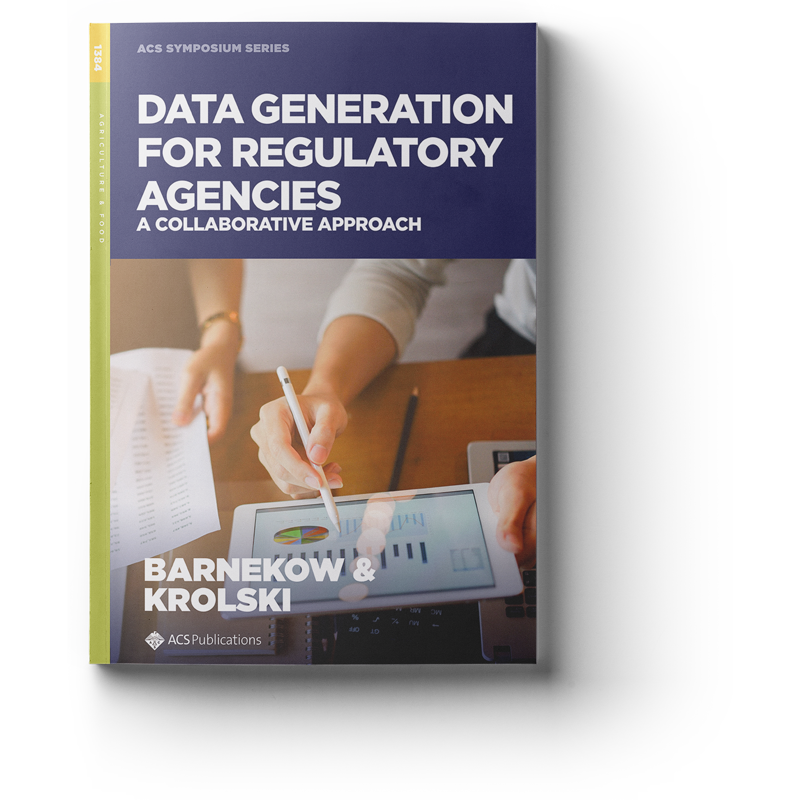Estimation of dietary exposures to pesticide residues in agricultural and livestock commodities is critical in regulating the safe use of pesticide products. The U.S. Environmental Protection Agency (EPA) has long used the Dietary Exposure Evaluation Model-Food Commodity Intake Database (DEEM-FCID or DEEM) successfully for such purposes. Increasingly complex assessments may sometimes be desired.
A particular example is the cumulative dietary assessment for the chlorotriazines (atrazine and simazine), for which 4-day average dietary exposures are necessary due to the toxicology point of departure (POD) selected for risk characterization. In the 2018 chlorotriazine cumulative assessment, EPA used point estimates for residues and 100% crop treated in combination with 2-day average food consumption data to approximate 4-day average dietary exposures for atrazine and simazine.
EPA then summed the two estimates to conservatively approximate the cumulative chlorotriazine 4-day average dietary exposures.
The dietary model in the Cumulative and Aggregate Risk Evaluation System–Next Generation (CARES NG) permits a more refined calculation of multi-day rolling average exposures for both single-chemical and cumulative assessments. Atrazine and simazine are both registered for use on field, pop, and sweet corn. EPA’s cumulative approach implies that all corn commodities are treated with both compounds. CARES NG permits creation of a residue input file that preserves EPA’s assumption of 100% crop treated for corn commodities while accounting for the relative market share of atrazine and simazine applications to corn.
The assessments in this case study illustrate the impact of these CARES NG features on chlorotriazine cumulative dietary exposure estimates.
